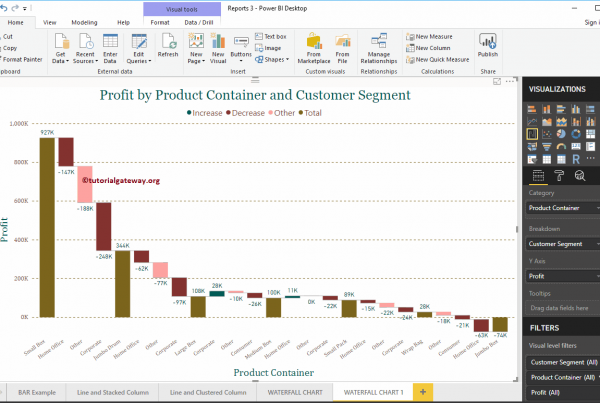In the evaluation and collection of statistical data, methods of multivariate analysis to explain and clarify the relationships between the different variables that may be associated with these data.
Multivariate analysis is always used when there are more than three variables involved and the context of their content is unclear. The objective is to detect a structure on the one hand, and verify the data of the structures on the other.
In the context of website usability, multivariate analysis methods can be used to systematically increase usability. Whereas A / B tests always isolate only one web page, multivariate methods show the relationships and interactions of various items within a web page. Expressiveness depends on what and how many items on the web are used. All items on the web that allow the user to interact with the web portal through the user interface are generally considered variable. This includes, in particular, those with a impact on conversion rate.
General information
Originally, statistics used multivariate testing and analysis methods to discover causal relationships. Since manual calculations are very complex, the methods are only practicable in other fields of application with the development of the respective hardware and software. At this time multivariate analysis methods are used in very different areas:
- Linguistics, Natural Sciences and Humanities.
- Economy, insurance and financial services.
- Data mining, big data and relational databases.
At this time, multivariate analyzes are usually carried out through the use of softwaree in order to cope with the huge amounts of data and control modified variables in practical apps such as usability tests. Despite everything, multivariate tests can also contribute significantly to improve ease of use on a smaller scale.
Types of multivariate analysis methods
Multivariate methods can be subdivided according to different aspects. First, they differ based on whether you must discover or verify a structure with them. Structure determination methods include the domain:
- Factorial analysis: Reduces the structure to relevant data and individual variables. Factor studies focus on different variables, which is why they are subdivided into principal component analysis and correspondence analysis. For example: What items on the web have the most influence on purchasing behavior?
- Cluster analysis: Observations are graphically assigned to groups of individual variables and ranked based on them. The results are clusters and segments, such as the number of buyers of a particular product, who are between 35 and 47 years old and have a high level of income.
Structural review procedures include, but are not limited to, the TLD:
- Regression analysis: Investigate the influence of two types of variables on each other. We speak of dependent and non-dependent variables. The former are the so-called explained variables, while the latter are explanatory variables. The first describes the real state on the basis of the data, the second explains these data through dependency relationships between the two variables. In practice, several changes to the items on the website correspond to independent variables, while the effects on the conversion rate would be the dependent variable.
- Deviation analysis: Determine the influence of several variables or individual variables in groups by calculating statistical averages. Here you can compare variables within a group as well as different groups, depending on where the deviations are to be assumed. For example: Which groups most often click the "Buy Now" button in their shopping cart?
- Discriminant analysis: Used in the context of deviation analysis to differentiate between groups that can be described as having similar or identical characteristics. For example, in what variables do different groups of buyers differ?
Examples
A multivariate test of a web page can be presented in the following simplified way. Items such as headlines, teasers, images, but also buttons, icons or background colors have different effects on user behavior. Different variants of items are tested. The test would initially identify these items and show different users items of different design. The objective would be to get data on the effects of changes in terms of conversion rate or other factors such as dwell time, bounce rate or scrolling behavior compared to other sets of items.
Importance for usability
As a quantitative method, multivariate analysis is one of the most effective methods for testing usability. At the same time, it is very complex and sometimes expensive. Software can be used to help, but tests as such are considerably more complex than A / B tests in terms of study design. The decisive advantage lies in the number of variables that can be considered and their weighting as a measure of the importance of certain variables.
Even four different versions of a post headline can lead to completely different click-through rates. The same applies to the button layout or the background color of the order form. In individual cases, in this way, it is important to emphasize considering from a multivariate perspective as well as from the financial point of view, especially for commercially oriented websites, such as online stores or websites, which must be amortized through the commercial promotion [1]
Web Links
- Multivariate Analysis Explained
- When are these types of tests used?
- Multivariate tests as a scientific method of usability.






